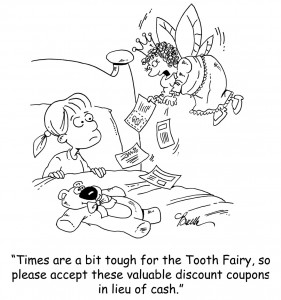If you really want to cut your grocery expense in half — or more — don’t make a shopping list until you plan your meals.
Money experts are in near unanimity about meal planning as a way to save on grocery costs. The advantage of meal planning is that you buy just what you actually eat, cutting down on food waste and time spent figuring out every meal.
According to SimpleDollar.com, if you make a meal plan you’ll find that you usually eat simply, even if you do like to fantasize about the fancy meals you see on Facebook. Meal planning can allow for hurry-up meals and make room for more creative cooking. The key is: Plan first. Use the weekly grocery flyer in your local newspaper to find deeply discounted items. The Simple Dollar recommends identifying three discounted items and planning six meals around them. Using the discounted items as a base, plan your meals for a week.
How much can you save?
Writing in Simple Dollar, Holly Johnson says she feeds her family of four on $150 per week by creating meal plans and shopping sales. Here’s how her grocery list roughly breaks down:
-
- Produce: $52, including fruits, lettuce, carrots, celery parsnips, cabbage squash, tomatoes.
- Core Foods: $51, including bread, eggs, milk, noodles, cereal, vegetable broth, juice, cheese, beans, peanut butter and soup.
- Snacks: $10, crackers and granola bars.
- Drinks: $14, beer, soda, tea.
- Total: $127.25.
Among the meals Johnson planned for the week: Vegetable soup, vegetable lasagna, egg sandwiches, spaghetti squash and sauce, grilled cheese and tomato soup.







Recent Comments